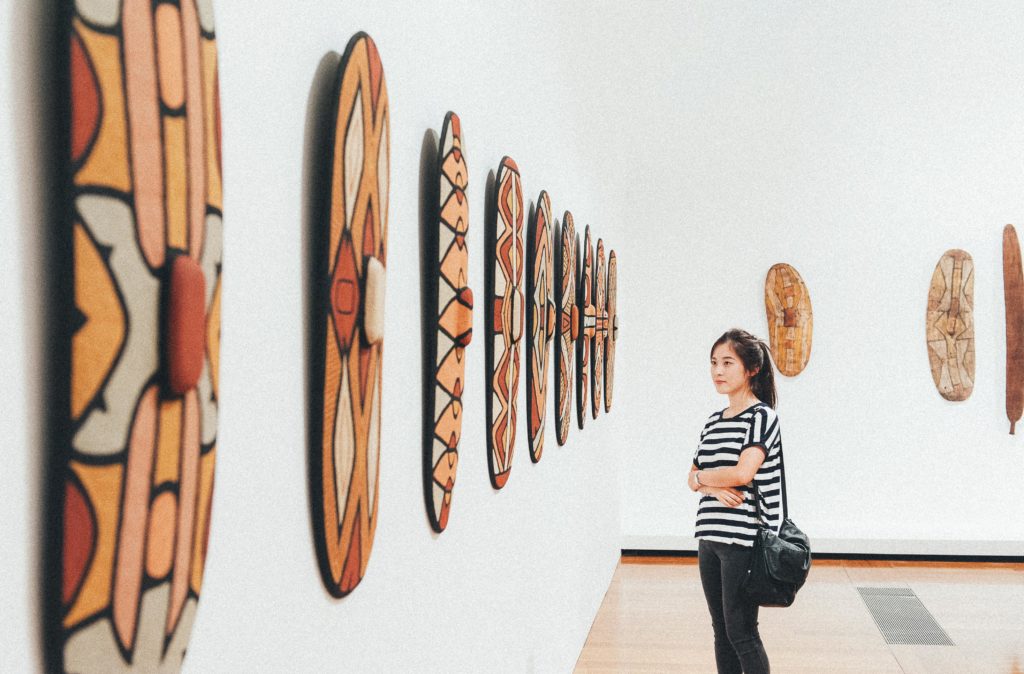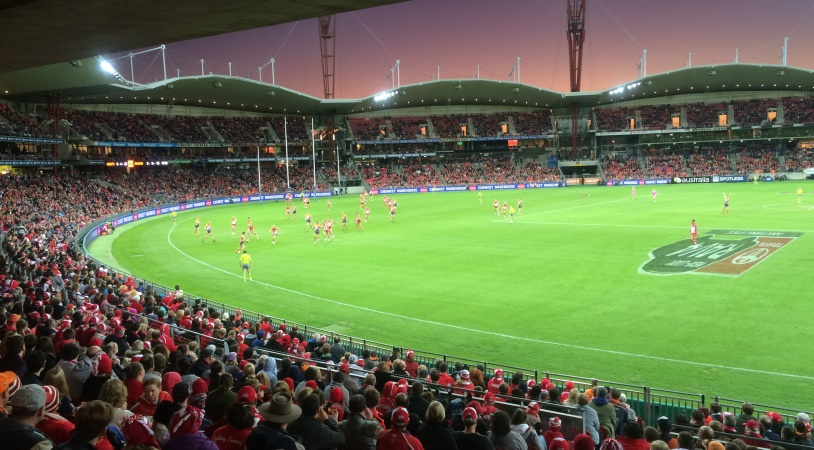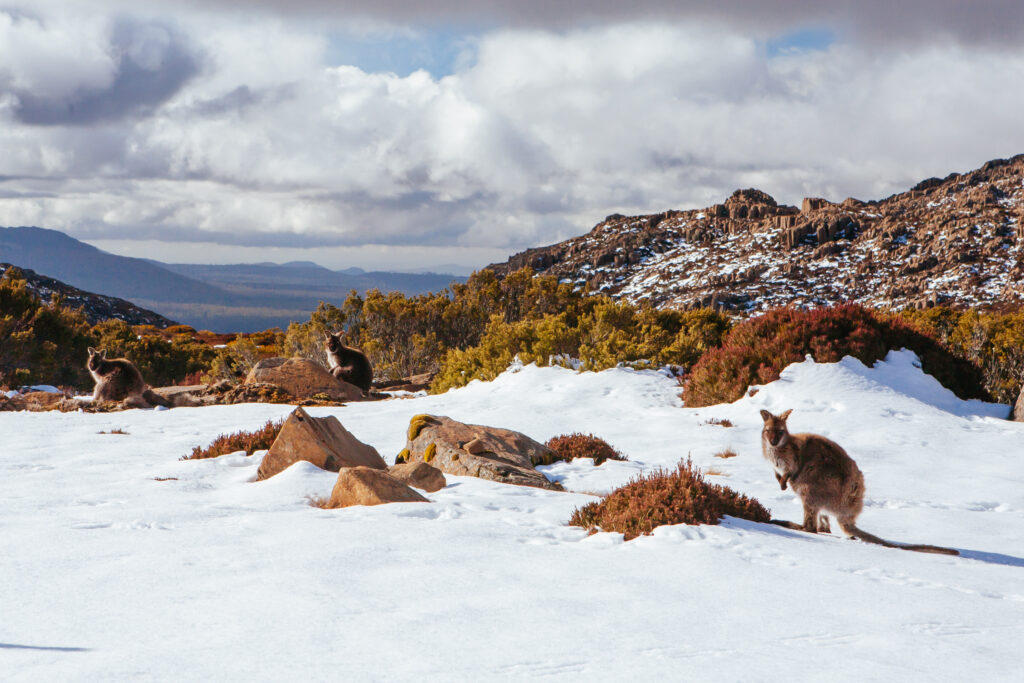The Australian Census is a nationwide survey that happens every five years. The survey asks questions about age, religion, country of birth, ancestry, work and education to capture data about the population, economy and social structure of the country.
The Census is mandatory for anyone residing in Australia on Census night. So, if you were an international student based in Australia last year, you likely had to complete it yourself! Unlike many surveys that only take data from a small pool of people, the Australian Census captures the entire country.
Nearly a year after the data was collected, the results of the 2021 survey have started to be released – and we’re learning a lot about the Australian public! From a multicultural population to a growing Aboriginal community, these are the coolest takeaways from the 2021 Australian Census.
Population expansion
In the first bit of exciting news, Australia’s population is growing! The Census data showed almost 25.5 million people living in Australia in 2021, an increase of more than 2 million people since the last Census in 2016. The Australian population has more than doubled in the last 50 years, with the 1971 survey counting only 12 million people.
Migrant majority
Diverse and multicultural, Australia is now officially a migrant majority country with 51.5 per cent of the population saying that either they or at least one of their parents had been born somewhere other than Australia.
Over 5 million Australians speak a language other than English as their primary language at home. With almost 700,000 people speaking it, Mandarin is still the most popular language other than English spoken at home, with Arabic (370,000) and Vietnamese (320,000) coming in second and third. Punjabi had the largest increase since the last Census, with almost 240,000 people now speaking it at home.
Millennials are the dominant generation
Millennials (25-39 years old) are about to take over from their Baby Boomer (55-74 years old) parents as the dominant generation in Australia. The country is now made up of 21.5 per cent Millennials and 21.5 per cent Baby Boomers. However, the Millennial count is increasing through immigration, while Baby Boomer numbers are going down. These statistics suggest that young people will carry more influence in shaping the future of Australia.
A rise in LGBTQIA+ marriages
The 2021 Census is the first set of data taken since the historic 2017 Yes Vote (one of the biggest moments in Australia’s modern history). Since then, close to 24,000 LGBTQIA+ couples have been married, signalling that Australia’s levels of inclusivity have reached new heights.
Interestingly, though, marriage as a general trend is shown to be decreasing, having fallen by almost 10 per cent in the last 30 years.
Growth of First Nations’ populations
As the original custodians of Australia, Aboriginal and Torres Strait Islander peoples play a key role in the overall community – and their presence in the country is growing!
The number of people who identify as Aboriginal or Torres Strait Islander has grown by 25 per cent since 2016, with Indigenous people now accounting for just over 3 per cent of the population. An estimated 167 Indigenous languages are used at home by approximately 80,000 people. Two-thirds of the Aboriginal and Torres Strait Islander population live in New South Wales and Queensland.
Read more: Aboriginal and Torres Strait Islander Histories and Cultures
Evolving religious beliefs
In the 2021 Australian Census, less than half of all respondents reported identifying as Christian. This is the first-ever Census ever to report less than 50 per cent Christian-identifying respondents. In 1911, 96 per cent of people identified as Christian, but the prominence of the religion has been on the decline since the late 1960s.
Outside of Christianity, the most popular religions in Australia are Islam, Hinduism, Buddhism, Sikhism and Judaism. The number of Australians who didn’t identify with any religion spiked from 30.1 per cent in 2016 to 38.9 per cent in 2021.
A diverse defence force
More than half a million Australians are serving, or have served, in the Australian Defence Force, with 1 in 20 households having at least one family member who has served.
Women now make up over 20 per cent of the current serving force. It was only after World War Two (WWII) that women were first allowed to take part in combat roles; before this, they were only allowed to serve as nurses.
Learn more about the 2021 Australian Census data here.





